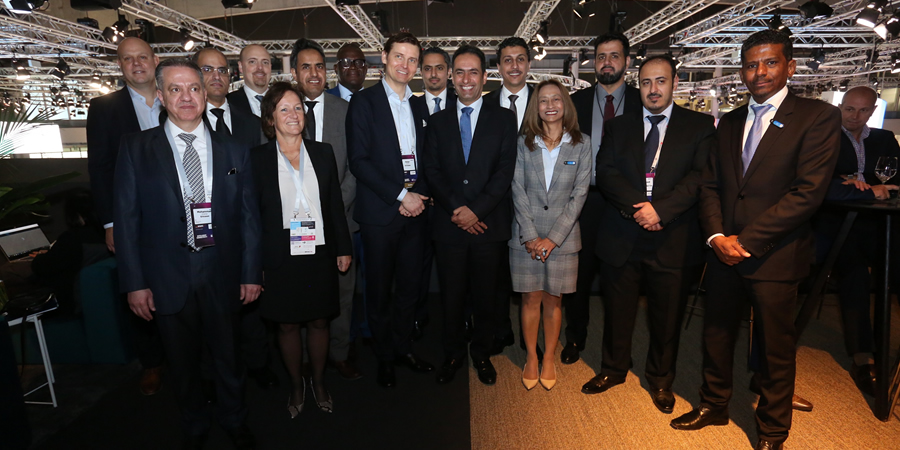Mobily Saudi Arabia has deployed Ericsson’s full stack telecom cloud solution, focusing on transforming the wireless network and providing a 5G Cloud Core. The telco will gain a flexible, agile and programmable network that improves customer experience and supports the development of new services.
As 4G and 5G Radio Access Network (RAN) speeds increase to many gigabits per second and latency decreases, the core network needs to evolve to an architecture that can consolidate certain functions and distribute others to deliver flexibility, efficiency and low latency. The deployment of the Ericsson solution will provide Mobily's live network with a core network for 5G and will help the network scale as IoT adoption increases.
“The cloud will help meet the growing demand for new network services to help improve productivity and efficiency,” said Moezid bin Nasser Al Harbi, Mobily's Chief Technology Officer. The cloud of communication provides a ready infrastructure for the fifth generation technology and IoT Serving customers in particular. Mobily's customers will receive many benefits, such as reduced data transfer time, dedicated vertical network solutions and optimal distribution of the network's core capabilities.
Through Ericsson Cloud Packet Core powered by Ericsson Cloud Infrastructure including Ericsson Orchestrator, Mobily customers will receive benefits such as reduced latency, tailored vertical network solutions and optimized distribution of key network capabilities.
Rafiah Ibrahim, Head of Ericsson Middle East and Africa said, “Ericsson is committed to collaborating with Mobily in modernizing and managing its capacity growth, adding sites, and migrating to datacenters. We are taking another step in Mobily’s digital transformation journey through Ericsson’s core network solutions – bringing new levels of performance, flexibility and optimization.”
Mobily has also signed an IT Managed Services contract. The agreement confirms Ericsson will operate Business Support System (BSS), network and customer support systems as well as more than 100 technical applications and 2,000 IT infrastructure servers spread across several data centers.









